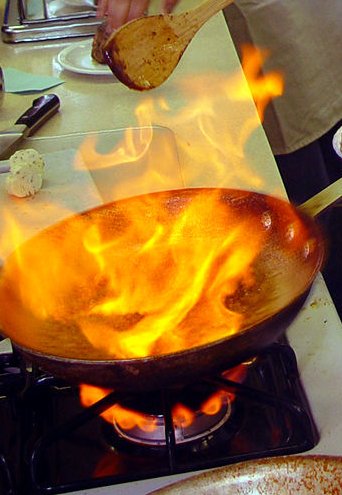

Mount Google Drive Run Second Cell to Set up The Environment Click Save when you’re done.īy running the first cell we’ll start connecting our notebook to Google Drive so we can save our fine-tuned Stable Diffusion in it.Īfter running the first cell we’ll see a popup asking us if we want really want to Connect to Google Drive.Īfter we click it we’ll see another popup where we can select the account we want to connect with, and then to allow Google Colab some permissions to our Google Drive.

Under Hardware accelerator make sure you have selected GPU.

The author optimized multiple implementations of Stable Diffusion. The notebook we’re using is an implementation of DreamBooth by TheLastBen. Next we’ll open the Fast Stable Diffusion DreamBooth colab notebook: Open Fast Stable Diffusion DreamBooth Notebook in Google Colab If you’re just starting out and want to test it out, I think 20-30 images should be good enough for now, and you can get 200 images later, after you’ve seen it work. However I’ve only used 20-30 so far, and results are pretty good. It’s recommended that you provide 200 images of what you’d like to train Stable Diffusion on, to get great results. You can then unzip it on your computer and we’ll use them a bit later.Click on Save as Zip to download the archive.Adjust the cropping area to center your subject.We need to resize and crop our images to be 512 x 512px. Use DreamBooth to Fine-Tune Stable Diffusion in Google Colab Prepare Images (Resize & Crop to 512x512px)īefore anything else we should prepare our images. Ideally you should use more images to get better results. In this example I’m finetuning it using 20 images of the Sandman from The Sandman (TV Series). This is a quick video of me fine-tuning Stable Diffusion with DreamBooth from start to finish. If You Just Trained a Model but Didn’t Get to Test It Because of an Error.

ImportError: cannot import name ‘VectorQuantizer2’.ModuleNotFoundError: No module named ‘modules.hypernetworks’.Test the Trained Model (with Stable Diffusion WebUI by AUTOMATIC1111).Input Hugging Face Token and Run Third Cell to Download Stable Diffusion.Run Second Cell to Set up The Environment.Open Fast Stable Diffusion DreamBooth Notebook in Google Colab.Prepare Images (Resize & Crop to 512x512px).Use DreamBooth to Fine-Tune Stable Diffusion in Google Colab.


 0 kommentar(er)
0 kommentar(er)
